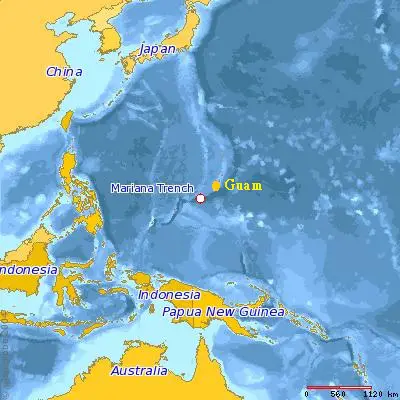The third edition of Maritime Forecast to 2050 has been released by Maritime at London International Shipping Week 2019. In the rapidly changing global energy landscape, Maritime Forecast checks the future possibilities of the shipping industry. To meet the goals set by the IMO’s i.e. greenhouse gas reduction, is the major focus of this year’s report.
Remi Eriksen, Group President and CEO of DNV GL said that the technology that exists today can deliver all the future desires including the goal of 1.5°C set in the Paris Agreement.
The goal laid out by IMO for decarbonization is a challenge for the shipping industry. To meet this ambitious goal the Maritime Forecast examines what the world will do and the strategies and different paths that the industries will take to meet the goal. Three regulatory scenarios will be analised by the Maritime Forecast to 2050 and how these could affect the change to low and carbon neutral fuel and also includes improvements in general energy efficiency in on-board operations.
“One of the key components to meet the decarbonization challenge is fuel flexibility, as the fuels of today may not be the fuels of tomorrow,” said Knut Ørbeck-Nilssen, CEO of DNV GL – Maritime. “This means having a picture of the entire fuel ecosystem is vital, as owners, operators, and the industry itself will have a much tougher time adapting to a low-carbon future if they are locked into a single choice.”
The Forecast has identified fuel flexibility and technologies to bring together change in the usage of fuel as the major strategy decarbonization in the future. Dual fuel solutions and use of alternative fuel especially in the deep sea segment could be a great help of smooth transition. Moreover, technologies like adaptable storage tanks, on board systems and shore side fuel infrastructure will give the industry more options to bring the change required.
“Ships built today will have to compete with vessels coming onto the market in five, ten or 15 years’ time, and must consider future standards to remain competitive,” said Knut Ørbeck-Nilssen. “Considering the uncertain future that lies ahead, failing to be future-proof in the newbuilding phase could lead to that asset being stranded in the not so distant future. In addition, CO2 emissions could become an important rate differentiator and we have already seen forward-looking charterers start down this road.”
The taking up of low carbon and carbon neutral fuels are essential in order to meet the GHG goal laid down by IMO. This means that by 2050, the supply of carbon neutral fuels should be 30-40% of the global total energy needs. The model predicts that various types of fuels like liquefied methane could come in the fore front by 2050. The Forecast also says that ammonia, biodiesel, liquid biogas and electrofuels could be effective solutions of carbon neutral fuels in the deep sea sector. Whereas battery, hybrid and hydrogen being options for short sea segment.
This energy transition is starting to reshape the shipping industry. A vision to change by offering guidance, highlighting trends and important insights for maritime stakeholders is being offered by the DNV GL’s Maritime Forecast to 2050. The Forecast is also a part of the Energy Transition Outlook reports which has a more designed, broad and proper model of the energy demand and supply system of the world.
from WordPress https://www.maritimemanual.com/maritime-forecast-2050/

No comments:
Post a Comment